The SQL Boolean data type is not included in SQL Server. Other databases like Oracle and MySQL include the Boolean data type that accepts the values of TRUE, and FALSE.
Read more »
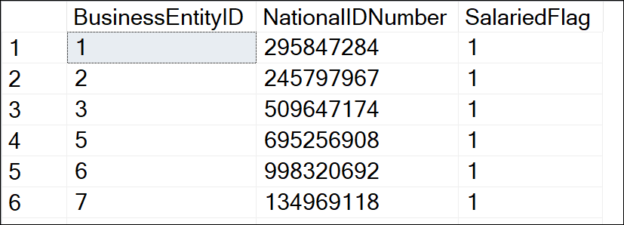


The SQL Boolean data type is not included in SQL Server. Other databases like Oracle and MySQL include the Boolean data type that accepts the values of TRUE, and FALSE.
Read more »
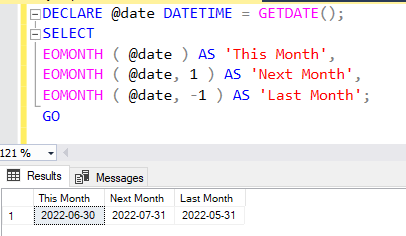
This article will show different SQL timestamp functions available with examples.
Read more »
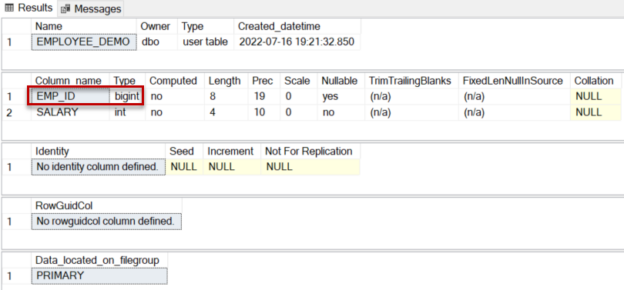
SQL Server provides int, bigint, smallint and tinyint data for storing exact-number data. In this article, we will focus on int and bigint data types.
Read more »

In this article, we will explain what the SQL injection attack is, why it could be hazardous, and how to defend our SQL database from this attack using parameterized queries and some third-party tools.
Read more »
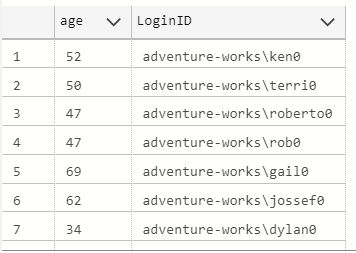
In this article, we will show how to subtract dates using SQL Server. This article will be a learn-by-example article with a problem and a solution. But first, I will add some theory to understand the syntax of the DATEDIFF function which is the base of this article.
Read more »
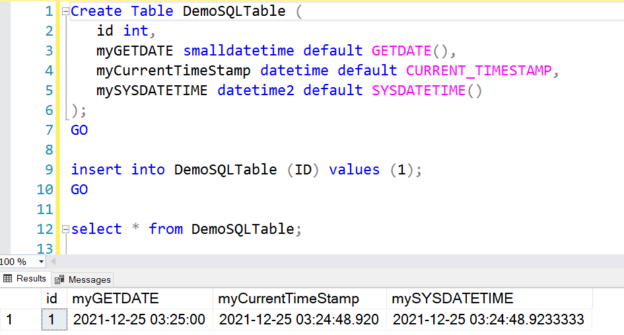
This article explores different SQL Commands (functions) to return the current Date and Time (Timestamp) in SQL Server.
Read more »
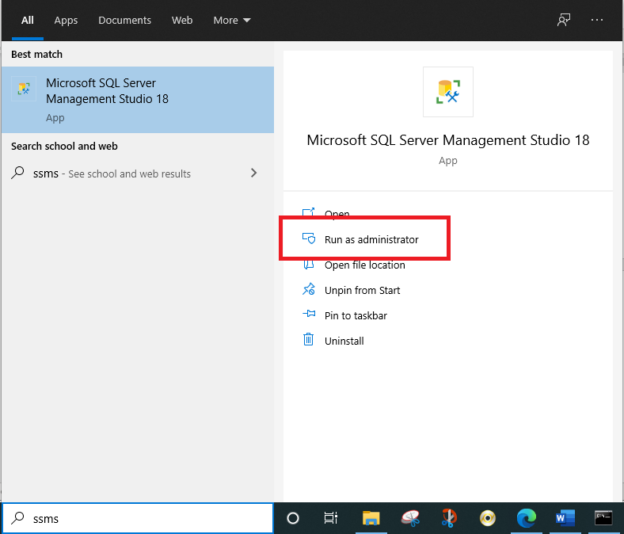
This article explains the xp_cmdshell and sp_xp_cmdshell_proxy_account system stored procedures in SQL Server and how developers can use them to execute Windows commands.
Read more »
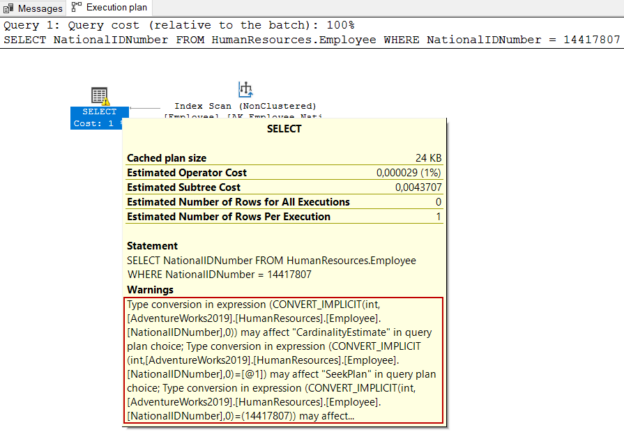
SQL (Structured Query Language) is an ANSI/ISO standard programming language that is designed to program relational databases and T-SQL (Transact-SQL) is an extended implementation of the SQL for Microsoft SQL Server databases. T-SQL is highly used by database persons when they want to program or manage the SQL Server databases. However, the beginners may do some mistakes without realizing when they write queries with SQL. In the next section of this article, we will glance at the common mistakes that may be made by newbies.
Read more »
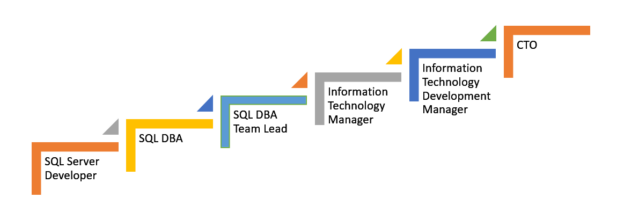
In this article, we will talk about what SQL Server developers do and which main skills are required to get a job as a SQL developer.
Read more »
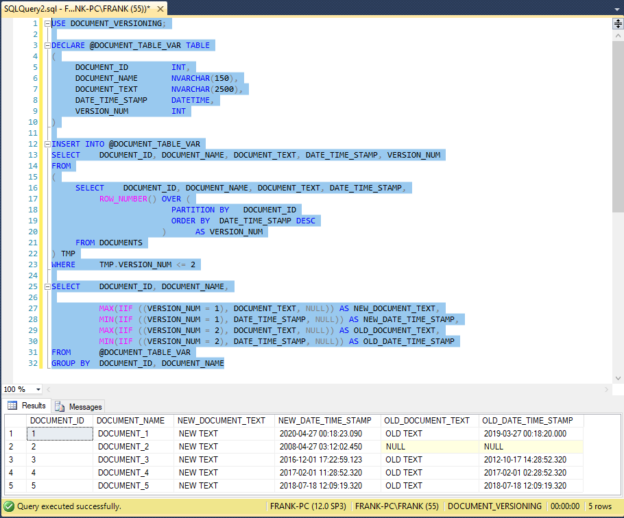
For a recent Tsql development project involving text document records, the customer wanted a product that would show the latest and most recent earlier version of specific document text stored in a SQL Server 2014 database. One result set row had to hold all relevant information for each document: both document versions as described above, and relevant metadata. This essentially required fine-grained row pivots. This article will describe the engineering behind the solution, and compare that solution with the SQL Server PIVOT operator.
Read more »
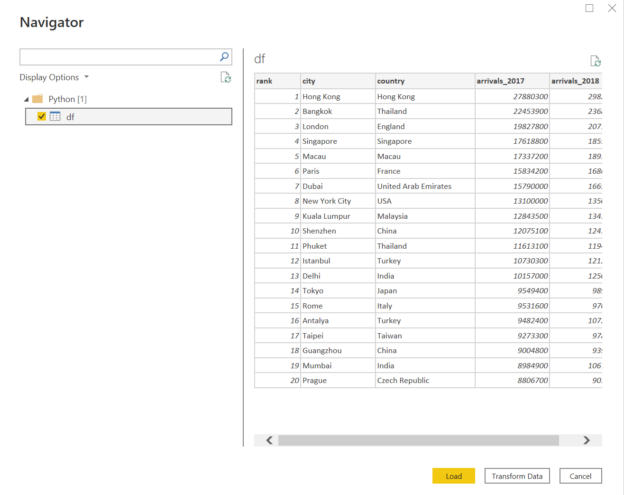
In this article, we will learn how to use Python to source data in Power BI using the python programming language.
Read more »
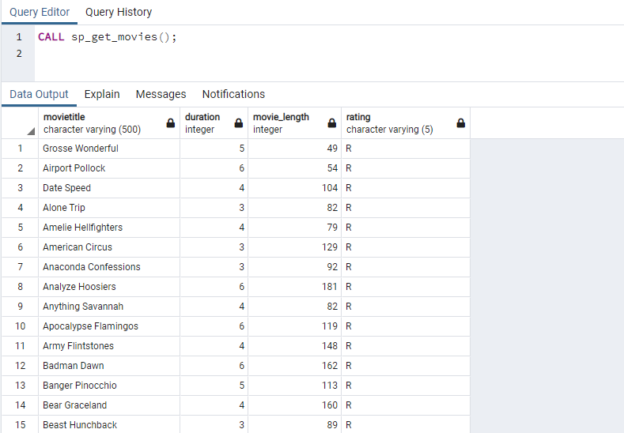
In this article, we are going to learn how we can drop the temp table in PostgreSQL. The temp table is used to store data temporarily. Suppose you want to format or manipulate the data using aggregate and string functions. So instead of processing and formatting the data in the base table, it is preferred to populate data from the base table and store it in a temporary table. You can process and format the data stored in a temporary table. The syntax to create a temporary table and regular table are the same. You can add indexes, constraints, statistics to the temporary tables. In this article, we are going to learn the following topics:
Read more »
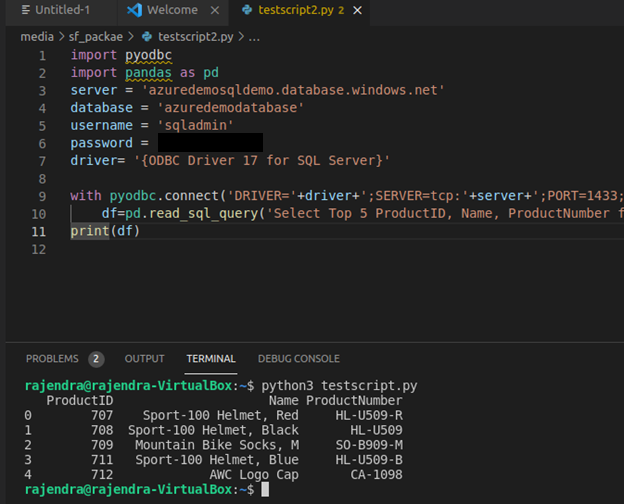
Azure SQL Database or Managed instance is a Microsoft cloud offering for SQL Server in the managed cloud environment. Usually, we connect databases from SQL Server Management Studio, Azure Data Studio, or applications for query data.
Read more »

This article will explain various aspects of security testing for the SQL Server environment. Security is a very critical area for any database environment. We must properly plan, deploy, and audit database security measures to protect and prevent any unauthorized access of the data. We should also perform regular security testing to ensure we have the right set of rules and policies in place to secure our database environment. Database security measures also help any organization to protect its data to maintain its privacy and integrity.
Read more »
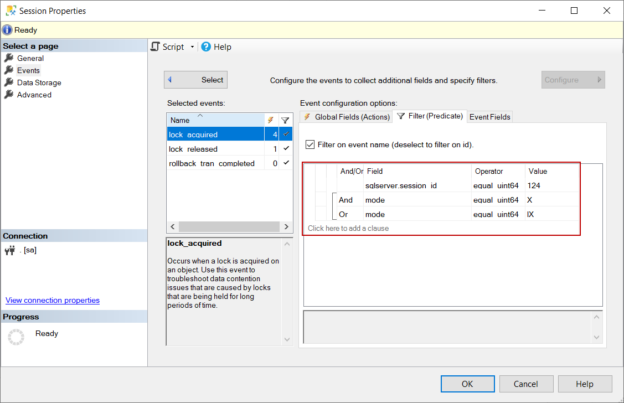
In this article, we will explore the details of what happens behind the scenes when a SQL delete statement is executed.
Read more »
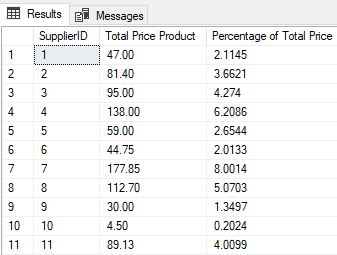
In this article, you will see the different ways to calculate SQL percentage between multiple columns and rows. You will also see how to calculate SQL percentages for numeric columns, grouped by categorical columns. You will use subqueries, the OVER clause, and the common table expressions (CTE) to find SQL percentages.
Read more »
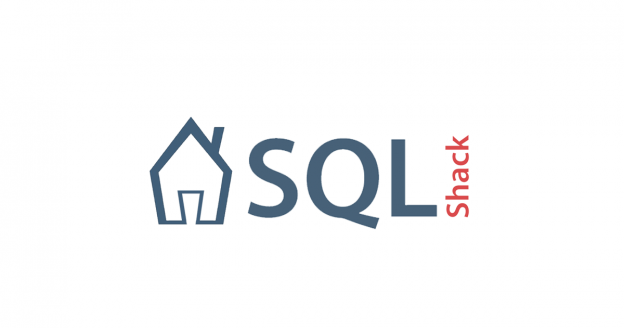
This article gives an overview of DIFFERENCE and SOUNDEX SQL Server built-in system functions. It explains how to use those functions and how do they work.
Read more »
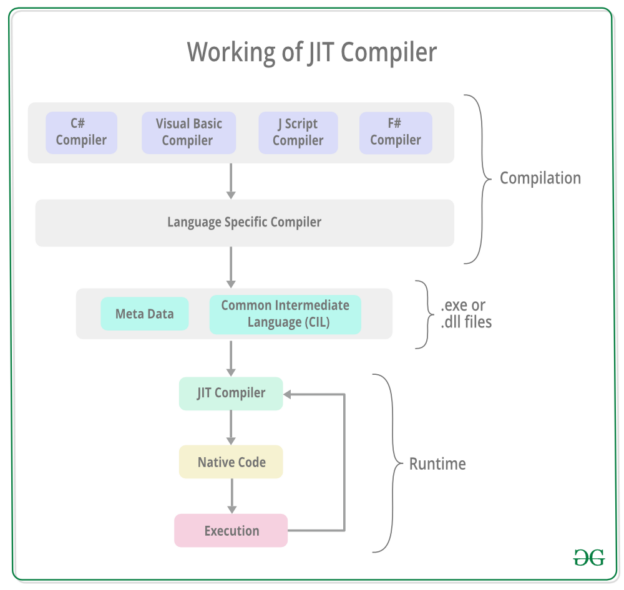
This article will explain how to create a SQL Server CLR function stored in a C# class library without creating a SQL Server database project. We will first briefly explain the concept of .NET common language runtime (CLR) and then build a C# class library using the .NET framework. Then, we will use the C# library to create user-defined CLR functions in SQL Server.
Read more »
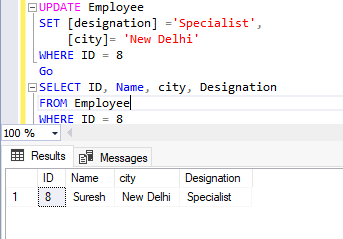
This article will help you understand the SQL UPDATE syntax used in SQL Server. Microsoft SQL Server is a database system that is used to store various types of data which is logically arranged in form of tables, columns, and rows. As businesses need changes or new requirements come, we need to modify this data stored in the table. We use the SQL UPDATE syntax to modify or update existing data in a table or view in SQL Server. We can use this statement to modify a single unit of data field as well as multiple sets of data fields based on our requirements.
Read more »
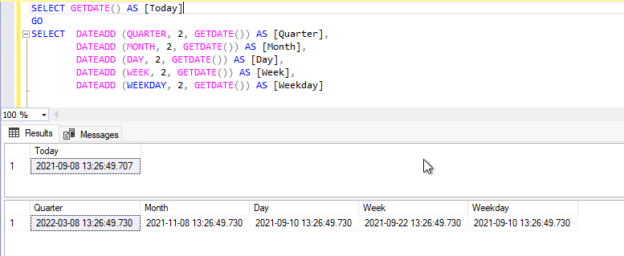
This article will discuss an overview and use cases of the SQL Server GETDATE () function which is used to return the current date and time of the system on which SQL Server instance is running. There are several date-time related functions in SQL Server for distinct requirements like SYSDATETIME, CURRENT_TIMESTAMP, etc. All these functions will return the current date-time of the system on which the SQL Server is running. The only difference of having these many functions is the accuracy of the length of timestamp like till what precision you want to return your date time output. I will show you the output of some of these date-time functions and compare them with SQL Server GETDATE () function.
Read more »

Creating SQL Queries is a straightforward process. This article is made in SQL Server, but most of the content can be applied to Oracle, PostgreSQL, MySQL, MariaDB and other databases with few changes. The SQL queries allow us to send queries to a database. In this article, we will have a fast, practical tutorial about doing your own queries from scratch.
Read more »
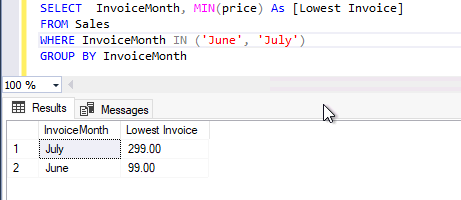
Today, I will explain an overview of the SQL MIN () function along with its several use cases in this article. This function is categorized under aggregate functions in SQL Server. Aggregate functions perform a calculation on a set of values from a specified expression and return a single value in their output. Aggregate functions return the same value every time you execute them unless your source data is changed.
Read more »
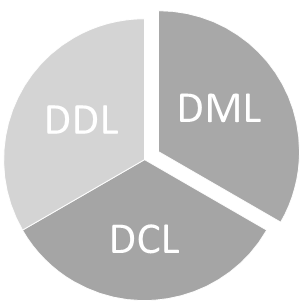
If you are here, it means that you want to learn the SQL commands. This article applies to SQL Server especially, but most of the theory is similar to Oracle, MySQL, MariaDB, PostgreSQL, and other databases. The SQL commands are instructions that we send to the database to get information, manipulate the information or create objects, modify them, and handle the access to the information.
Read more »

This article will give an insight into the INDEXPROPERTY() function in SQL Databases.
Read more »
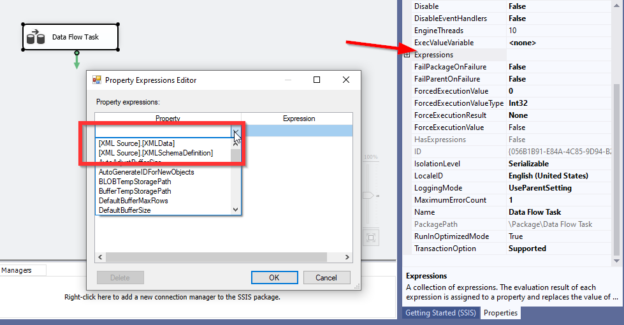
This article explains the SSIS XML Source and the SSIS XML task, which are the XML-related components in the SQL Server Integration Services.
Read more »© Quest Software Inc. ALL RIGHTS RESERVED. | GDPR | Terms of Use | Privacy